Ancient Kellis: A Journey Through Time
Ancient Kellis, known today as Ismant el-Kharab, is a historical site located in the Dakhla Oasis in Egypt. This ancient city was inhabited from the mid-first century BC until the fifth century AD. Its history spans the Ptolemaic, Roman, and early Byzantine periods, making it a rich archaeological site that provides insights into various civilizations and their interactions. Kellis is particularly significant for its well-preserved structures and texts, which include temples, houses, and a substantial collection of manuscripts in various languages.
Get your dose of History via Email
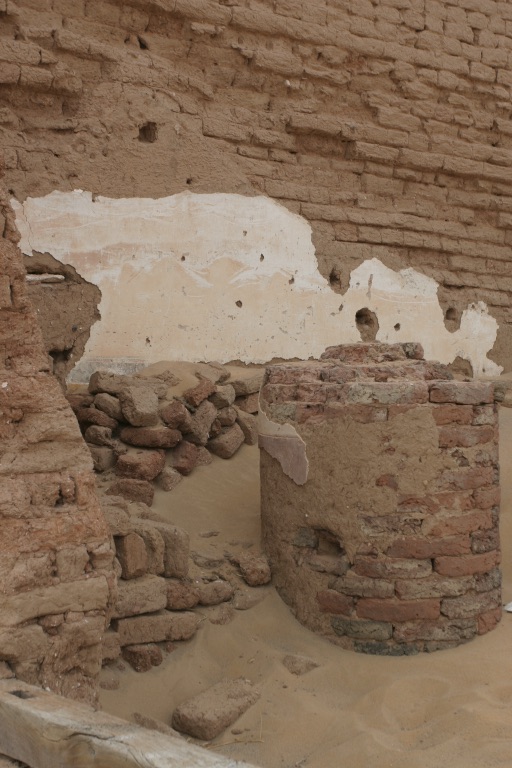
What is the historical significance of Ancient Kellis and what civilizations have inhabited it?
The historical significance of Ancient Kellis lies in its unique position as a multicultural hub during its time of habitation. The site was inhabited by the Romans, Greeks, and Egyptians, among others, creating a diverse cultural landscape. This diversity is reflected in the archaeological findings, which include Greek inscriptions, Roman architecture, and Egyptian religious texts.
The site was first inhabited during the Ptolemaic period, a time when Greek influence was strong in Egypt. This is evident in the Greek inscriptions found at the site. The Romans later took control of Egypt, and their influence is seen in the Roman-style houses and other architectural structures in Kellis.
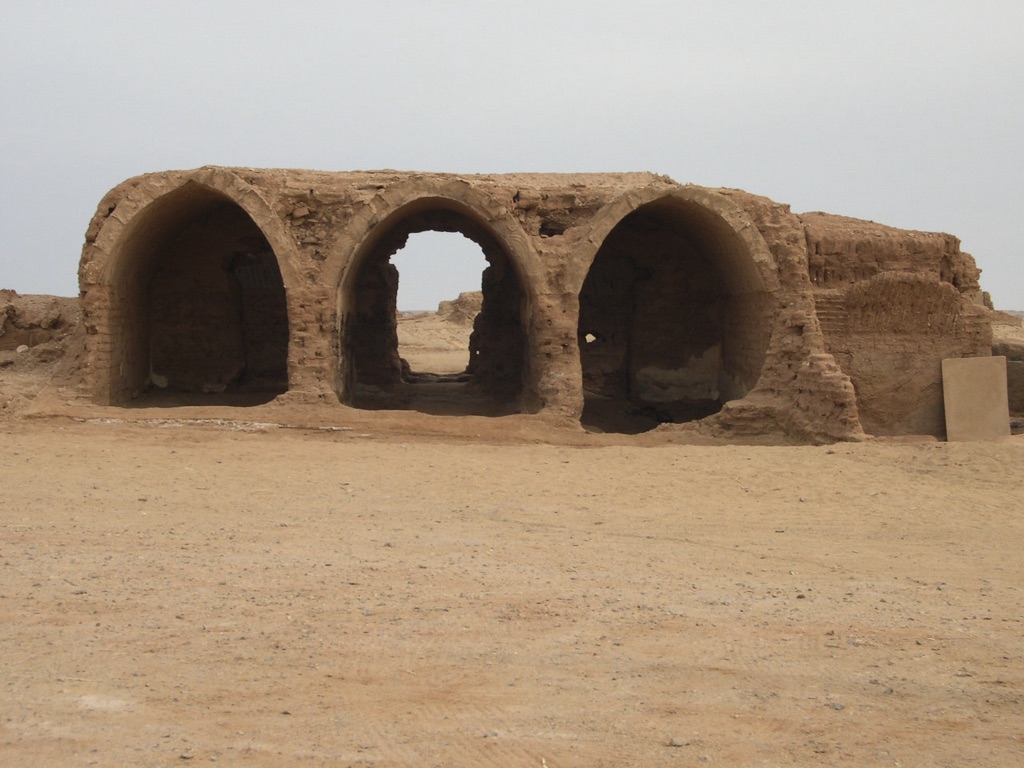
Despite the foreign influences, the Egyptian culture remained strong in Kellis. This is evidenced by the discovery of an Egyptian temple dedicated to the god Tutu, and the numerous Egyptian religious texts found at the site. These texts provide valuable insights into the religious practices and beliefs of the time.
After the fall of the Roman Empire, Kellis was inhabited by early Christians during the Byzantine period. The presence of a Christian church and biblical texts in Coptic, the language of early Egyptian Christians, attests to this.
Overall, the historical significance of Ancient Kellis lies in its rich multicultural history, as evidenced by the diverse archaeological findings at the site.
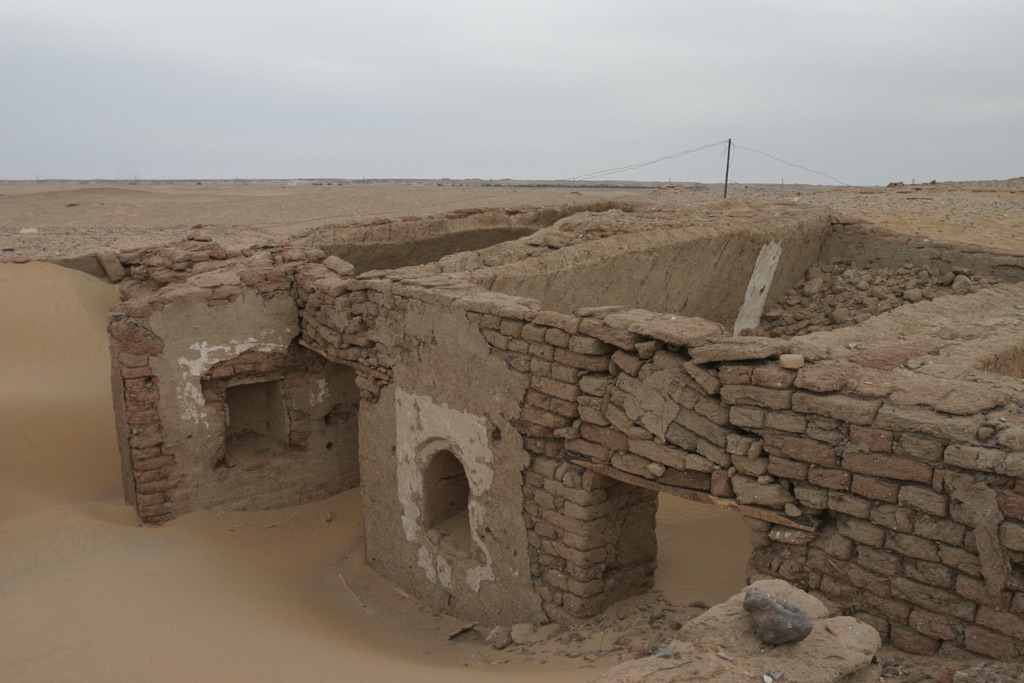
What are some of the key archaeological discoveries that have been made at Ancient Kellis?
Several key archaeological discoveries have been made at Ancient Kellis, shedding light on the life and culture of its inhabitants. These include residential buildings, religious structures, and a vast collection of texts.
Residential buildings in Kellis provide insights into the domestic life of its inhabitants. These structures, built in the Roman style, include houses with courtyards, rooms, and even second stories. The presence of storage rooms and kitchen areas suggest a self-sufficient lifestyle.
Religious structures are also prominent in Kellis. The discovery of a temple dedicated to the Egyptian god Tutu, a Christian church, and a temple of the Roman Imperial Cult reflect the religious diversity of the site. These structures provide valuable information about the religious practices and beliefs of the inhabitants of Kellis.
Perhaps the most significant discoveries at Kellis are the texts. These include Greek inscriptions, Egyptian religious texts, and biblical texts in Coptic. The texts provide a wealth of information about the cultural, religious, and social aspects of life in Kellis.
Overall, the archaeological discoveries at Ancient Kellis provide a comprehensive picture of life in this ancient city, from domestic life to religious practices.
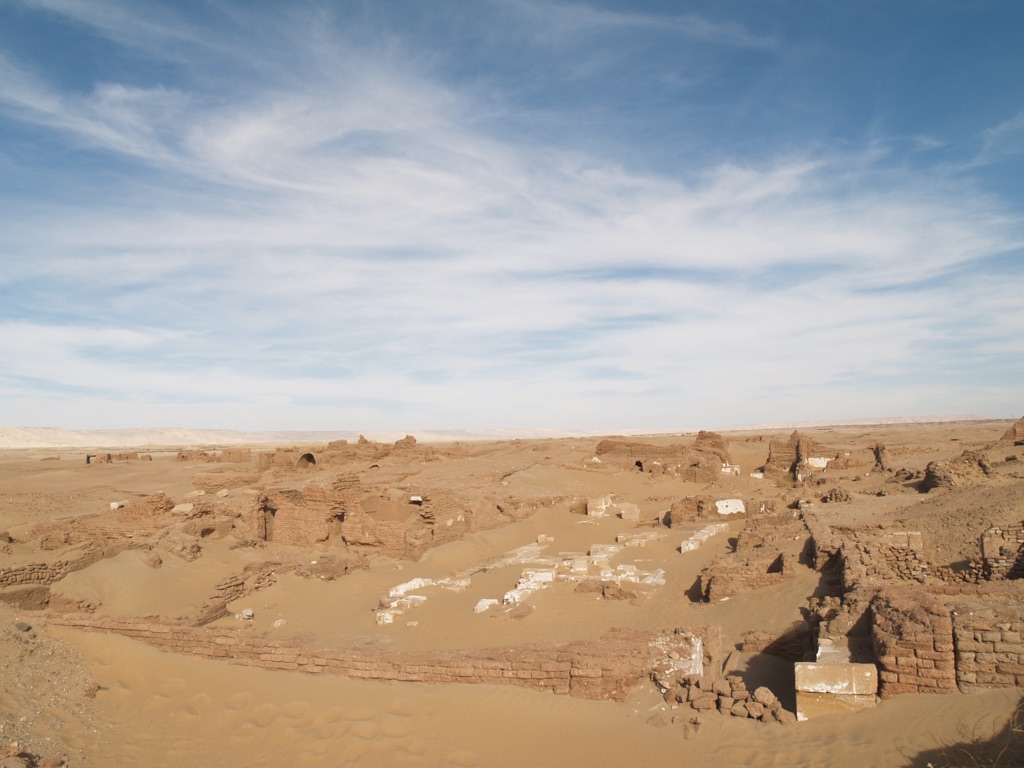
How is the archaeological site of Ancient Kellis being preserved and protected for future generations?
The preservation and protection of Ancient Kellis is a priority for archaeologists and the Egyptian government. Several measures have been taken to ensure the site’s longevity and accessibility for future generations.
One of the key measures is the careful documentation of the site and its findings. This includes detailed mapping, photography, and recording of the structures and artifacts. This documentation serves as a permanent record of the site and aids in its preservation.
Conservation efforts are also in place to protect the physical structures and artifacts. This includes the use of protective coverings for delicate structures, and the careful handling and storage of artifacts. The aim is to prevent damage and deterioration, and to preserve the integrity of the site.
Public access to the site is controlled to prevent damage and vandalism. Visitors are guided through the site to ensure they do not inadvertently damage the structures or artifacts. The site is also monitored to prevent illegal activities such as looting.
Finally, the importance of Ancient Kellis is promoted through educational programs and publications. This raises awareness about the site and its significance, and fosters a sense of responsibility for its preservation.
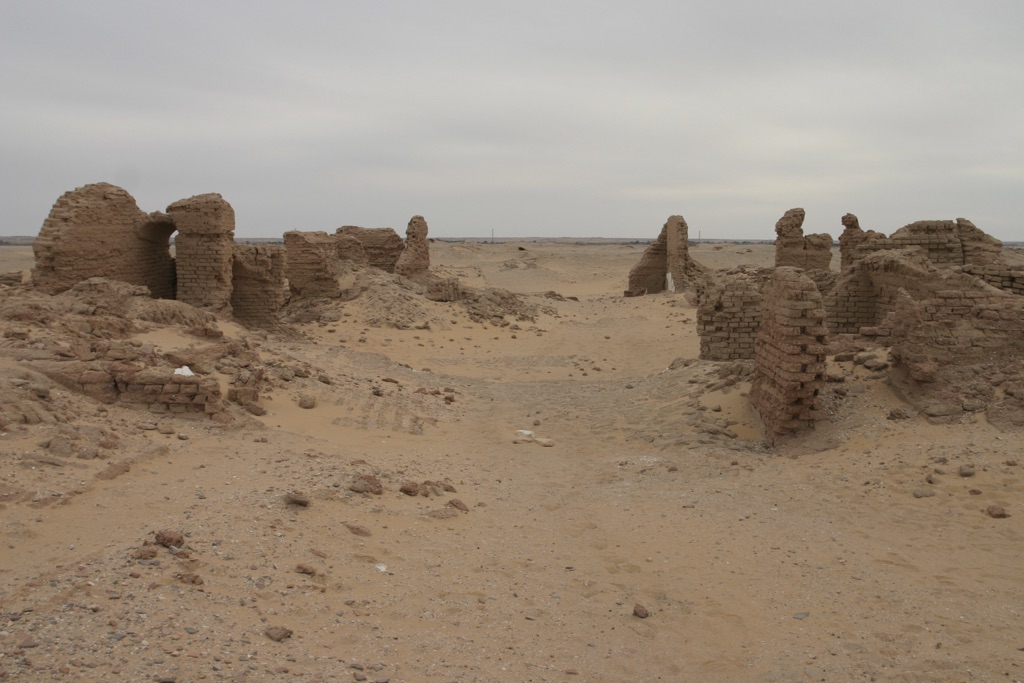
Conclusion and Sources
In conclusion, Ancient Kellis is a rich archaeological site that provides valuable insights into the multicultural history of Egypt. Its well-preserved structures and texts shed light on the life and culture of its inhabitants, from the Ptolemaic period to the early Byzantine period. The preservation and protection of this site is crucial for the continued study and appreciation of this historical treasure.
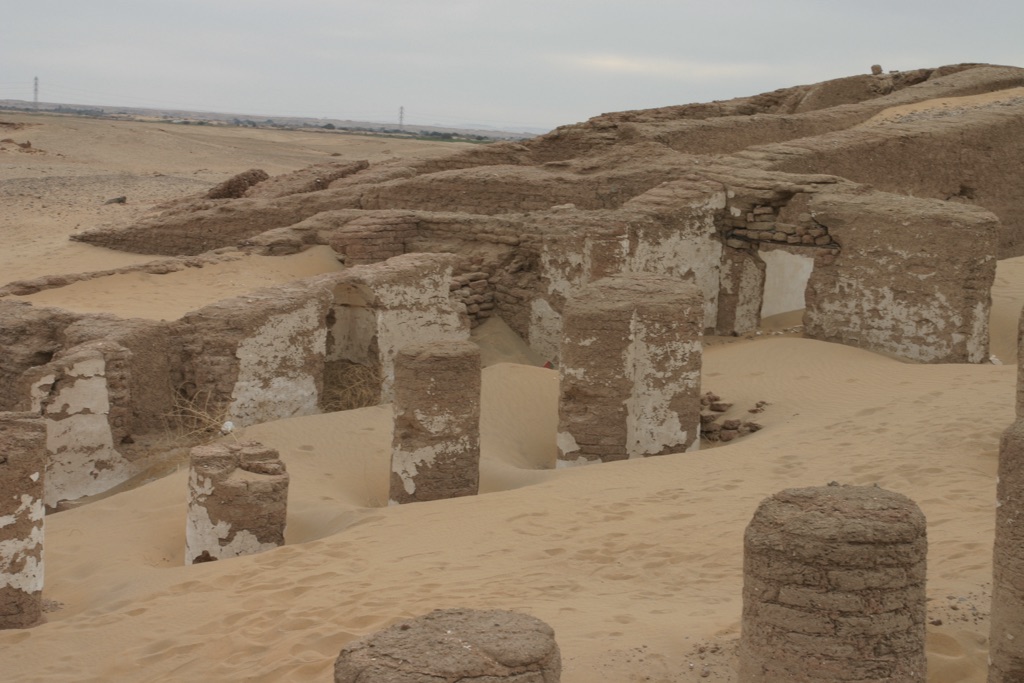
For further reading and verification of the information provided, please refer to the following sources:

